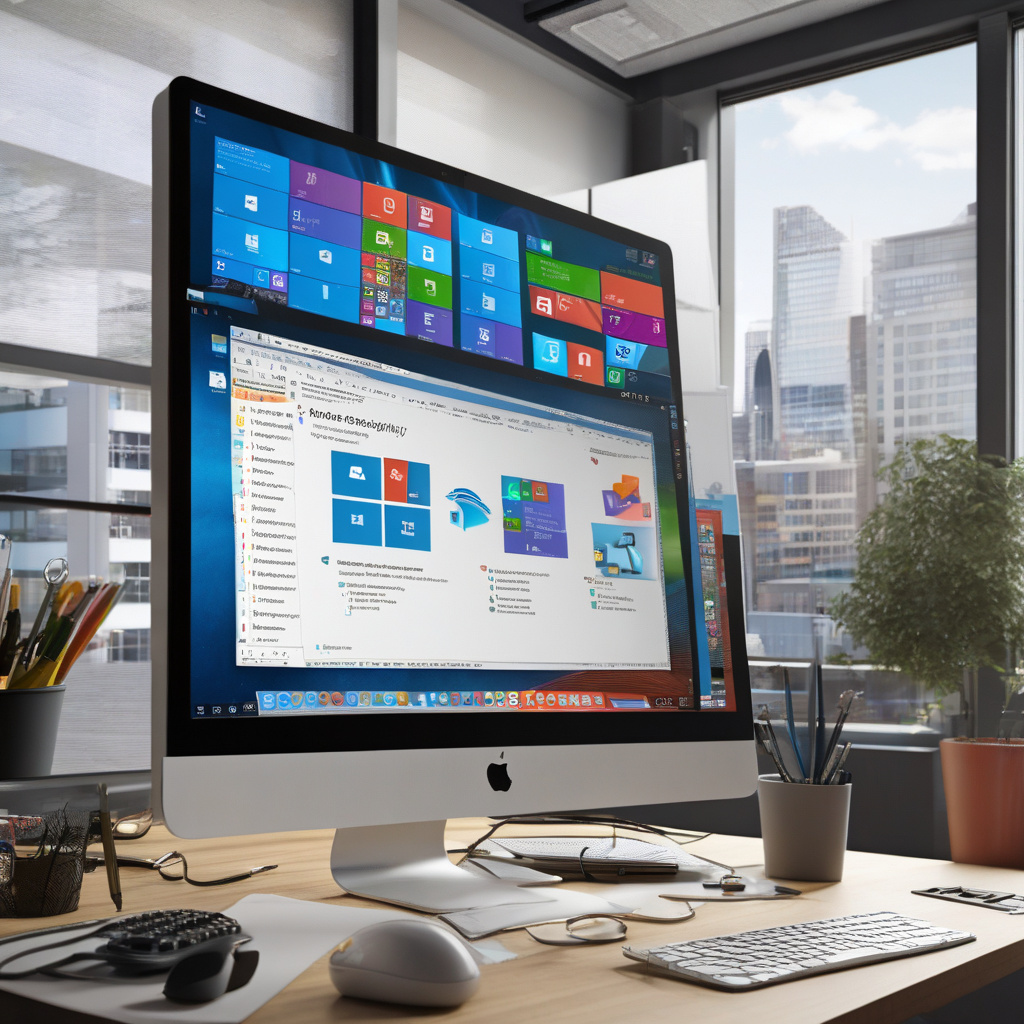10 Ways to Boost Windows Security
As Microsoft gears up to halt security updates for Windows 10 in October, the urgency to fortify your system against cyber threats looms large. Whether you are steadfast with Windows 10 or have shifted to Windows 11, enhancing your PC’s security is paramount.
Let’s bypass the standard counsel of avoiding suspicious software and explore tangible tools within Windows that can elevate your system’s defenses. These fundamental adjustments can significantly bolster your data protection, both personally and professionally, with just a few clicks.
Windows Security Boost #1: Block Bad Apps
Uncover hidden threats by activating Windows’ ability to bar “potentially unwanted apps.” These programs, often benign but intrusive, can compromise your privacy. Enable this feature in the “Windows Security” app under “App & browser control” to shield your system effectively.
!Windows potentially unwanted app blocking
Windows Security Boost #2: Check Your Encryption
Verify if your device uses “Device Encryption” to safeguard your files. Access “BitLocker” settings through the Start menu to ensure your data remains encrypted, shielding it from unauthorized access.
!Windows BitLocker drive encryption
In case encryption is lacking, switch to a Microsoft account or upgrade to the Professional edition for enhanced encryption capabilities.
Windows Security Boost #3: Consider Your Syncing Setup
Evaluate OneDrive’s automatic syncing of crucial folders like Desktop and Documents. Tailor the syncing preferences to align with your data security needs, especially for sensitive corporate information.
Windows Security Boost #4: Turn Off Less Secure Sign-Ins
Enhance your login security by opting for Windows Hello biometric sign-in options over traditional passwords. Activate this feature under Settings for an added layer of protection against unauthorized access.
Windows Security Boost #5: Activate Ransomware Protection
Shield your files from ransomware attacks using Windows’ “Controlled folder access.” This feature prevents unauthorized apps from altering critical folders, securing your essential data effectively.
Windows Security Boost #6: Double-Check Office Updates
Ensure your Microsoft Office suite receives timely security updates to fortify it against potential threats. Validate the update settings within the Office app to guarantee uninterrupted protection.
!Microsoft Office update settings
Windows Security Boost #7: Check Whether Your Apps Are Current
Stay vigilant against security vulnerabilities by confirming that your apps, especially those managed by the Store, are regularly updated. Leverage tools like the winget command or UniGetUI to manage app updates efficiently.
Windows Security Boost #8: Activate Isolation
Strengthen your system’s core with Windows’ built-in system hardening features. Activate Core Isolation through the Windows Security app to fortify the kernel against potential exploits.
!Windows core isolation settings
Windows Security Boost #9: Start Sandboxing
Isolate risky software using the Windows Sandbox feature, creating a secure testing environment within your system. Ideal for Professional Windows editions, this tool offers a safe space to run programs without jeopardizing your system’s security.
Windows Security Boost #10: Consider Tighter Protection Settings
Dive into Windows Security settings to fine-tune exploit protection mechanisms. Ensure that anti-exploit features are active to fortify your system against potential cyber-attacks.
In conclusion, by implementing these ten practical strategies, you can fortify your Windows system against a myriad of cyber threats, safeguarding your data and privacy effectively. Stay proactive in enhancing your security measures to navigate the digital landscape with confidence and peace of mind.

